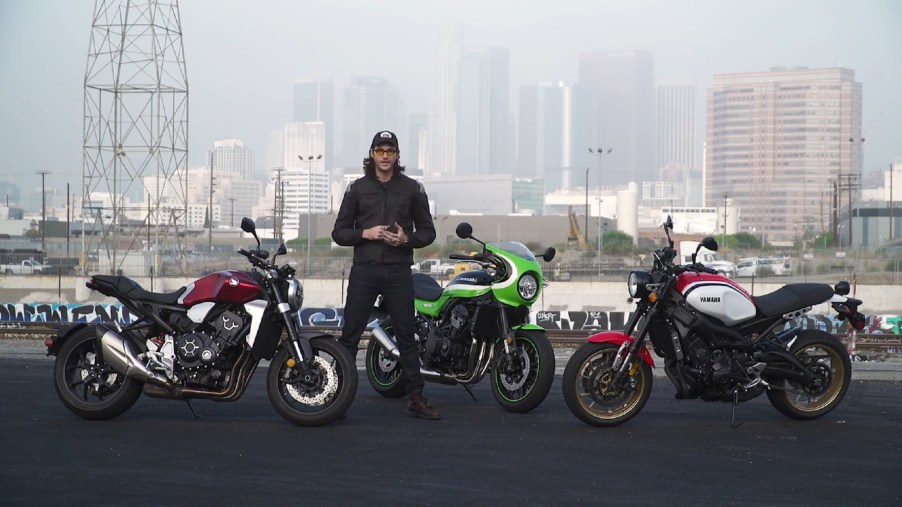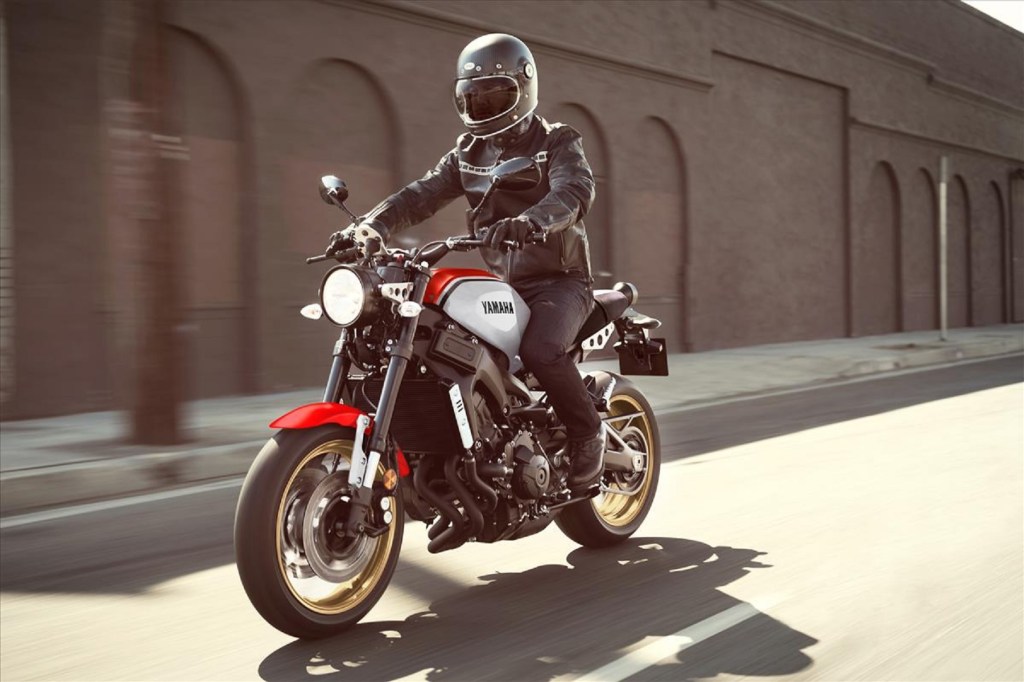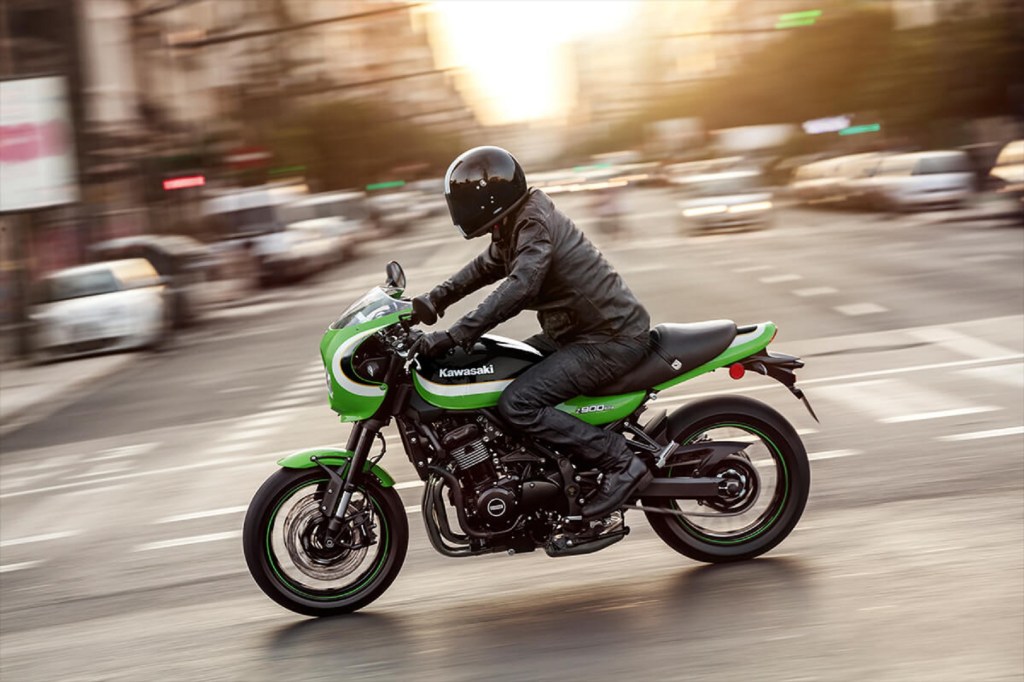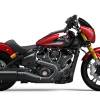
2020 Kawasaki Z900RS Cafe vs. Yamaha XSR900: Going Beyond Nostalgia
Aping the classics is a common theme in the motorcycle world today. You have café racers, bobbers, scramblers, and bikes like the Trail 125 and Monkey. However, with improvements in bike technology, even though the 2020 Kawasaki Z900RS Café and Yamaha XSR900 recall their predecessors, they offer more than design alone. But which one of these stylish throwbacks is worth pursuing?
The 2020 Kawasaki Z900RS Café and Yamaha XSR900 have more than vintage looks
Underneath their retro designs, the 2020 Kawasaki Z900RS Café and 2020 Yamaha XSR900 share several things with their respective company’s naked bikes.

The Z900RS Café, for example, has a modified version of the Z900’s powertrain, Cycle World reports, but its own unique suspension, brakes, and chassis. The XSR900, in contrast, is essentially a Yamaha MT-09 with different bodywork and paint, Cycle World reports. Being based on the MT-09, though, isn’t a bad thing, considering said platform was a CW Ten Best winner three years in a row.
Because it’s based on the MT-09, the 2020 Yamaha XSR900 also has an 847cc liquid-cooled inline-3 engine and 6-speed transmission. On CW’s dyno, it makes 104 hp and 59 lb-ft at the rear wheel. At the crank, the engine makes 115 hp and 65 lb-ft, MCN reports. Which, in a 433-lb bike, is enough for Cruiser to describe the engine as “an absolute beast.”
Luckily, the Yamaha XSR900 has ABS, adjustable traction control, adjustable throttle response, and a slipper-assist clutch as standard. Plus, both the rear shock and inverted fork are fully-adjustable.

The 2020 Kawasaki Z900RS Café is noticeably heavier at 479 pounds, CW reports. And though it has a larger engine, it isn’t more powerful, but it is torquier. The Z900RS Café’s 998cc liquid-cooled inline-4 engine makes 95 hp and 64 lb-ft at the rear wheel, CW reports. At the crank it produces 111 hp and 72 lb-ft, RideApart reports.
Like the Yamaha XSR900, the Z900RS Café has a 6-speed transmission, ABS, traction control, and standard slipper-assist clutch. And, like on the Yamaha, the Kawasaki’s inverted fork and rear shock are fully-adjustable, CW reports. However, the Z900RS Café has a TFT display with phone connectivity instead of an LCD gauge. Plus, it has clip-on handlebars and a windshield cowl; the XSR900 has conventional bars and a windshield is an optional extra.
The Kawasaki Z900RS Café and Yamaha XSR900 have different ways of channeling UJMs

Visually, the 2020 Kawasaki Z900RS Café and Yamaha XSR900 draw inspiration from the Universal Japanese Motorcycles of the 1970s, CW reports. These bikes were the precursors of modern standard bikes, meant to be a kind of motorcycle Swiss Army knife. They’re not the sportiest, nor the most touring-oriented, but they can corner and commute with aplomb.
The Yamaha XSR900 certainly has the ‘sporty’ part cornered, CW reports. With less weight to carry, it feels more “flickable” than the Z900RS Café, and around town, its engine has plenty of low-end torque. The ride is also impressively smooth, RideApart reports. And with a $9499 base price, it’s $2300 cheaper than the Kawasaki.
However, the Yamaha XSR900 may be too sporty to be a ‘true’ UJM, CW reports. The throttle is twitchy enough to potentially cause unwanted acceleration due to pothole bumps, RideApart reports. And while changing riding modes helps this somewhat, you can’t do the same for the suspension. It dives under heavy braking, and as RideApart hinted at, potholes are a problem. Plus, the riding position can feel cramped for taller riders, while also leaving them a bit wind-blasted, CW reports.
The 2020 Kawasaki Z900RS Café, in contrast, is a true “jack of all trades,” Gear Patrol reports. It requires a bit more effort to turn, but it’s more composed and stable in the corners. And its suspension handles bumps better than the XSR900, CW reports.
The riding position is also more comfortable over longer distances despite the clip-on bars. The Z900 RS Cafe’s seat is also slightly lower than the Yamaha’s seat, and Kawasaki offers additional seat heights depending on your proportions. The windshield cowl genuinely works, too. Plus, not only does the Z900RS Café have more torque, it makes it lower in the rev range, so it feels quicker around town. And its throttle isn’t as twitchy.
Which is the bike to get?
Naturally, choosing a motorcycle depends on personal comfort. RideApart points out that shorter riders don’t seem to be as bothered by the Yamaha XSR900’s ergonomics as taller ones. In short, try before you buy.
However, if the question is which bike best represents the UJM formula today, Cycle World gave the nod to the Kawasaki Z900RS Cafe. The Yamaha XSR900 is by no means a bad motorcycle, but it might be too aggressive for some. The Kawasaki, though, while still appreciably sporty, makes for the calmer day-to-day ride.
Follow more updates from MotorBiscuit on our Facebook page.


